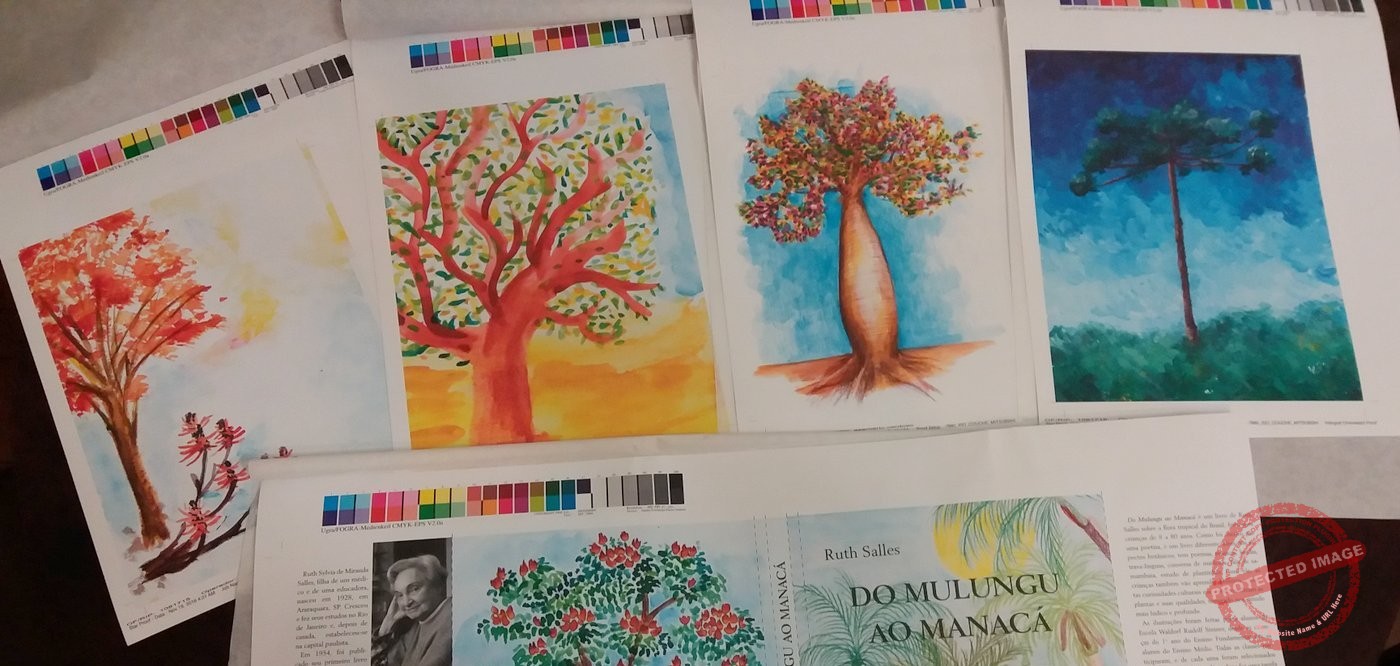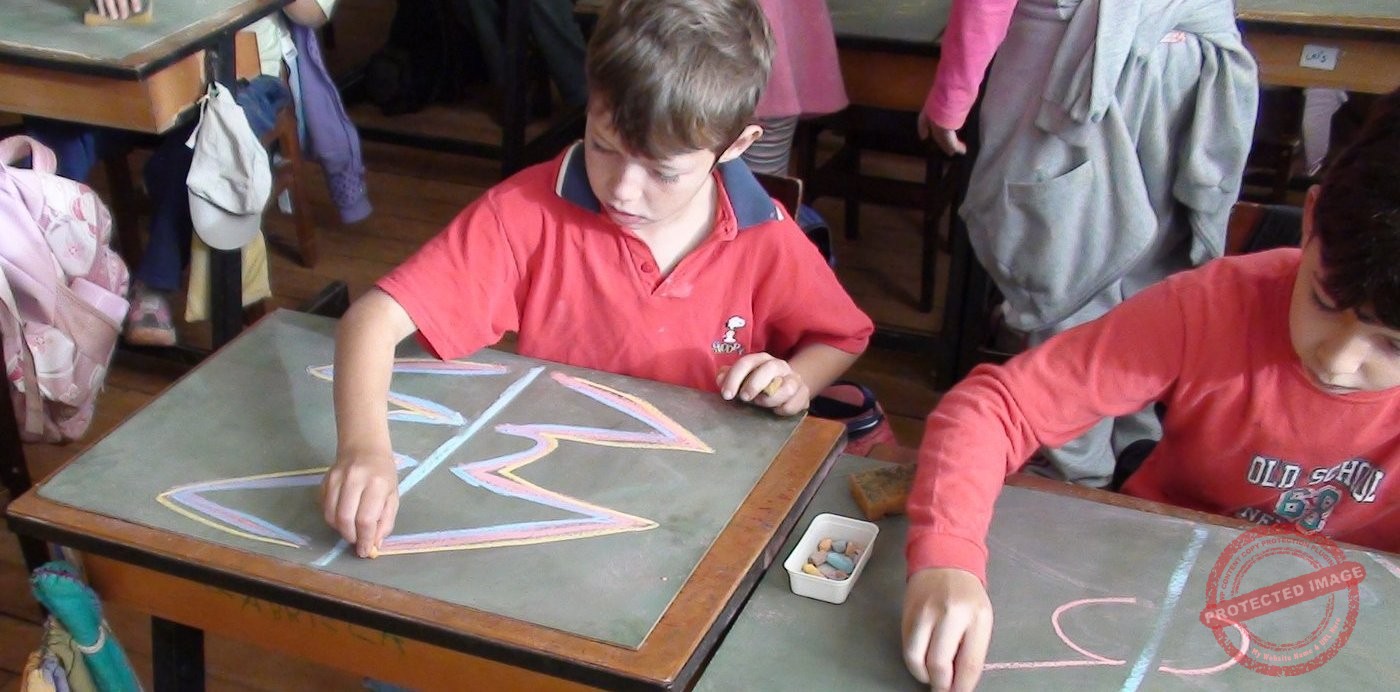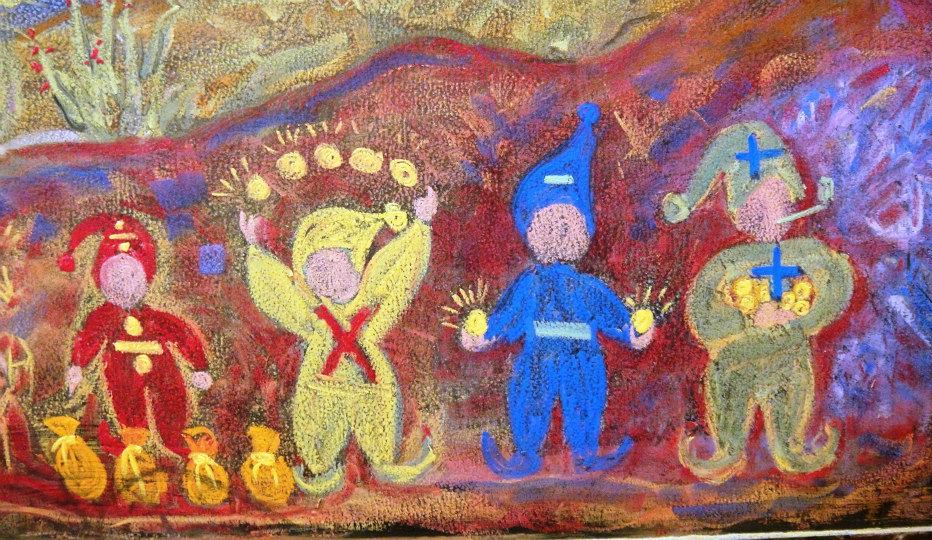[print-me target="body"]
The silent language of colors
For watercolor painting, the preparation of the paper is taught, which is wet and then painted. Preparations are already a practice for order, as children need to organize themselves to receive their watercolor board, paints, brushes, water and stretch the paper on the board. First they experience the three basic colors separately, blue, red and yellow, and then they begin to mix the colors on paper and experience the nuances of the most varied mixtures.
Children learn to give shape to paintings and make beautiful works. Carlgren and Klingborg maintain that “it is difficult to express in words what the intensive experience of colors can represent later in people's lives. For it is an inner richness that is not palpable, of qualities and nuances that are too subtle to describe. But one thing is certain: the whole world is different for those who have begun to experience and understand the silent, non-intellectual, deeply penetrating language of colors.”
CARLGREN, Frans and KLINGBORG, Arne. Education for Freedom – the Pedagogy of Rudolf Steiner. 2006, p. 55.
Featured image: drawings by students from the Araucária Municipal School.






